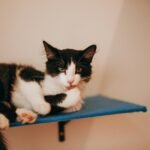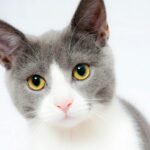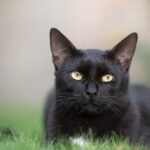Picture coming home after a grueling 12-hour workday to find your living room furniture rearranged, your kitchen cabinets mysteriously open, and what appears to be a small tornado’s aftermath in your bathroom. Welcome to life with a high-maintenance cat. While many people assume cats are the perfect low-effort pets, certain breeds demand far more attention, grooming, and mental stimulation than busy owners can typically provide.
These demanding felines might look adorable in photos, yet they come with needs that can overwhelm even the most dedicated pet parents. From daily grooming sessions to constant entertainment requirements, these breeds require an investment that goes well beyond filling a food bowl and cleaning a litter box.
Persian Cats – The Glamorous Prima Donnas
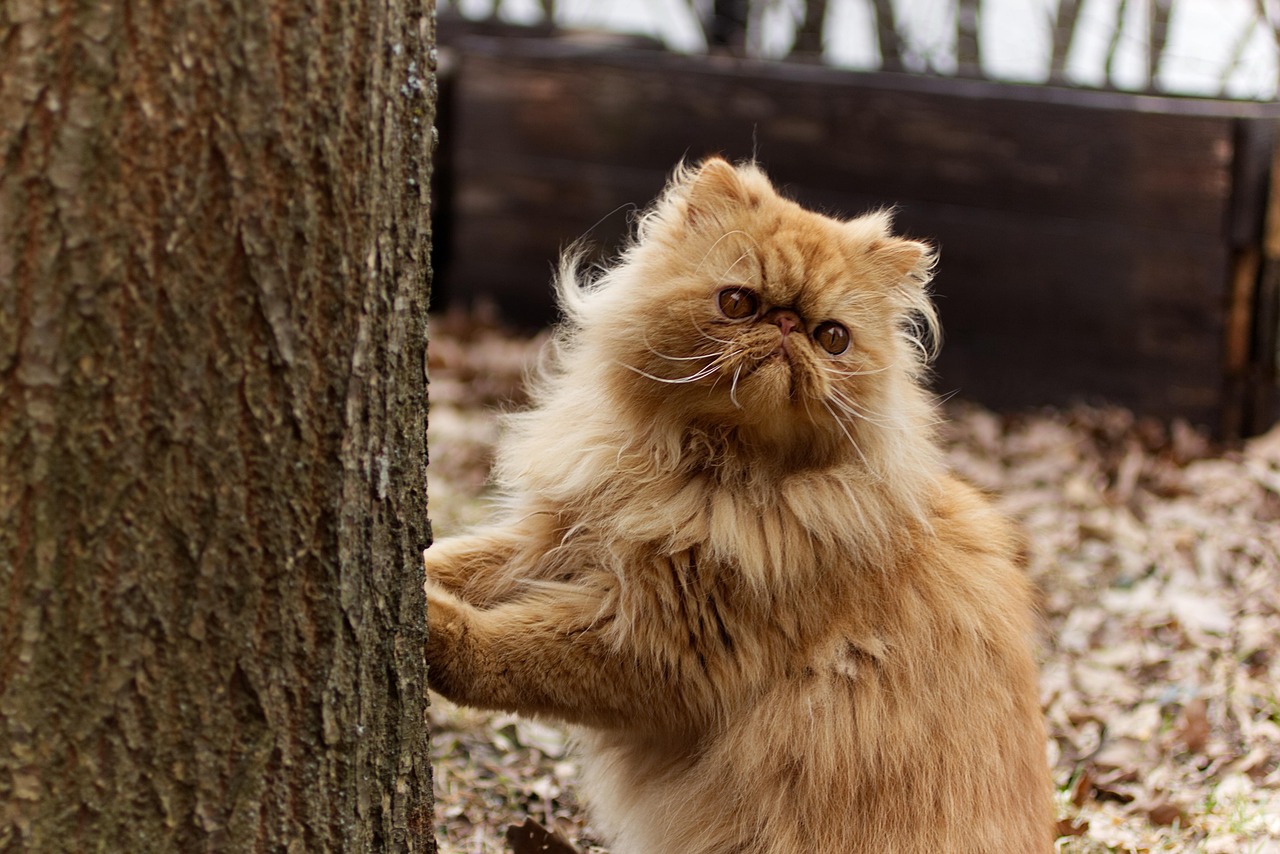
Persian cats are well known for their beautiful long and luxurious fur coats, and it is these spectacular looks which attract many people to the breed. But the Persian’s long coat forms knots easily, and it needs constant attention. This breed requires a considerable investment in time and grooming. The individual coats vary, but most Persians require daily grooming, and some even need it twice a day.
Think of Persians as the supermodels of the cat world – absolutely stunning but requiring a full-time beauty team. If you don’t do this, you will need to spend more time and expense taking the cat to the vet to have it’s knotted fur shaved off! Every year, a number of Persians end up being rehomed, since their owners cannot cope with the care their coat requires. Their flat faces can also lead to breathing difficulties and eye problems that require regular veterinary attention. These cats aren’t just high-maintenance – they’re lifestyle commitments.
Siamese Cats – The Vocal Attention Seekers
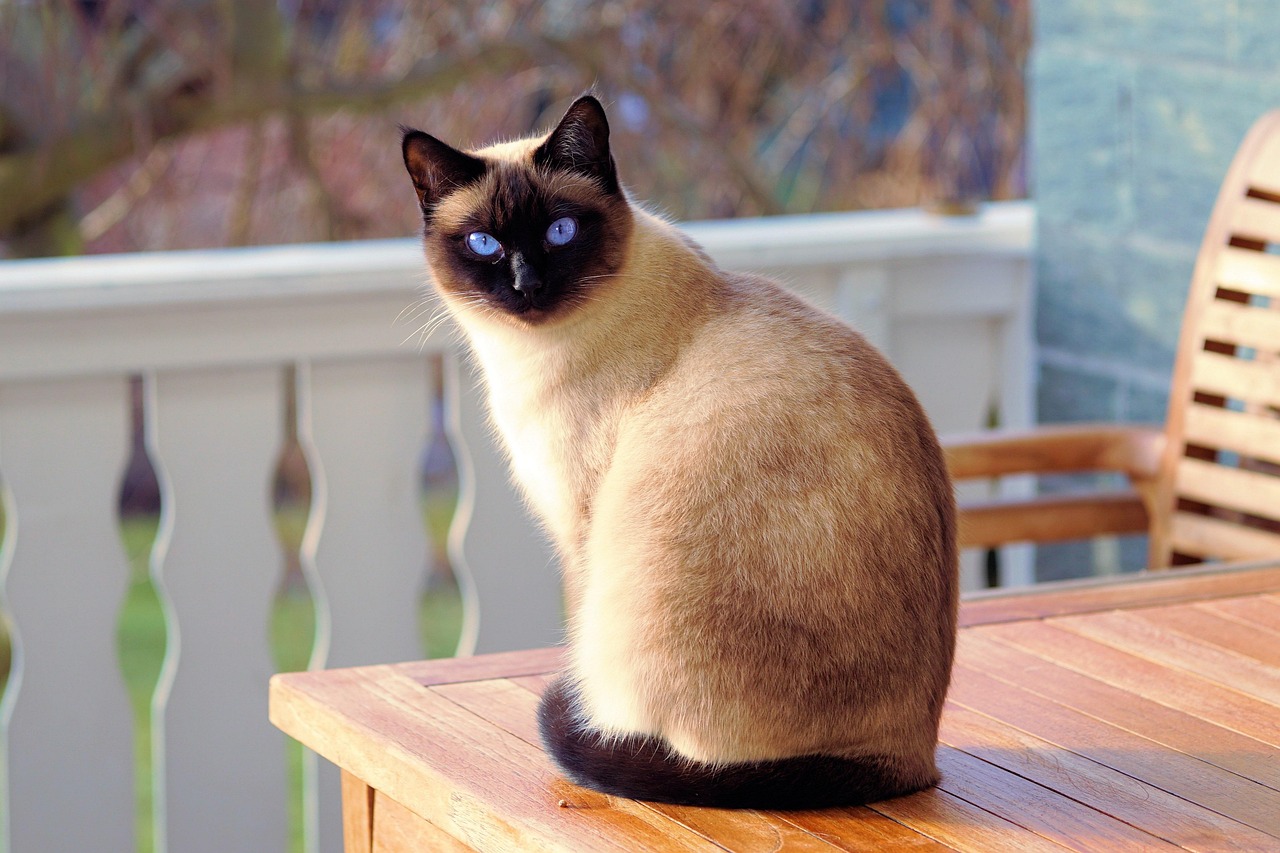
Siamese cats are always very popular, both for their exotic looks and their friendly, almost dog-like personalities; they love following their owners around, chatting to them constantly in their loud voices. However, in terms of personality this is a high maintenance pet. The Siamese is playful and gregarious, and wants to take part in everything its owner does. These cats are not happy left alone, and will tend to pine, and scold their owners noisily when they do eventually come home.
You need to spend a lot of time with a Siamese cat. Indeed, many people find the constant mewing, wailing, and chattering of the Siamese to be very annoying, and if you want a quiet life, with a cat which will just be a part of the furniture, this is not the cat for you. Imagine having a chatty roommate who never stops talking, follows you everywhere, and becomes genuinely upset when you leave for work. That’s life with a Siamese.
Bengal Cats – The Wild Energy Machines
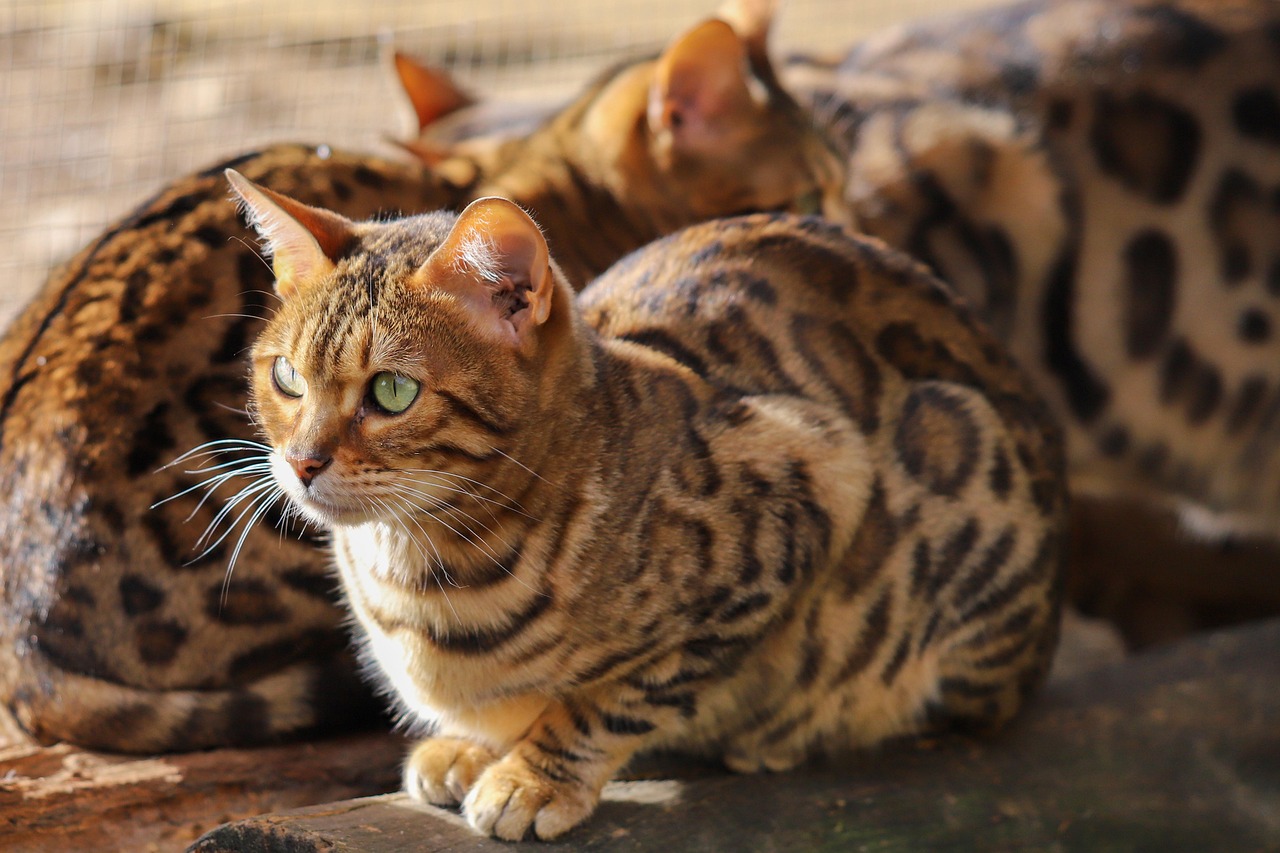
Bengal cats are very active and playful. They love to climb and jump. They enjoy water and often play in it. Bengals are smart and need mental challenges. They can learn tricks and play fetch. These cats are also very social and love people. They can get bored easily and need lots of toys.
But Bengal cats aren’t just incredibly beautiful, they are also crazy smart. The biggest part of the Bengal cat’s intelligence is definitely its ability to easily learn tricks, something that can be difficult or impossible to get many breeds of cat to do. Bengal cats also don’t seem too worried about not having thumbs. Notorious for switching off lights, playing with household technology, and snatching bugs, fish, and mice with a simple swoop of their paw, Bengal cats need owners who are prepared to live with an ultra-intelligent animal with extremely dexterous paws. They’re basically furry toddlers with the athleticism of Olympic gymnasts and the curiosity of investigative journalists.
Maine Coon Cats – The Gentle Giants with Big Needs
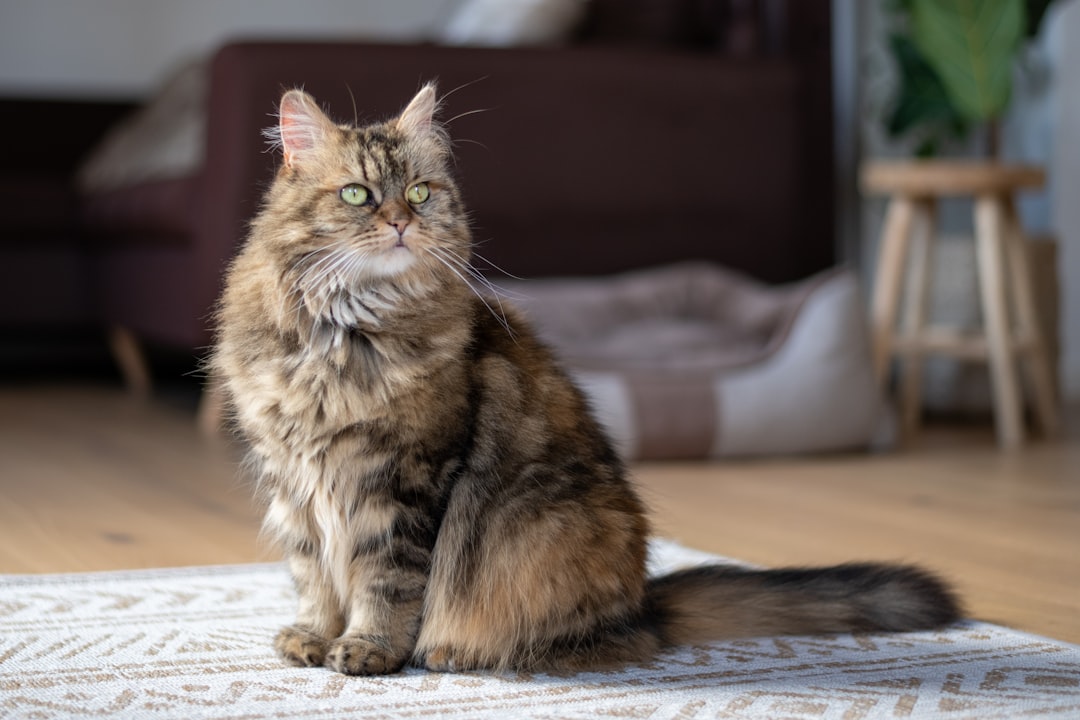
Maine coons are among the largest cat breeds, so if you’re looking to share a smaller home or apartment with a cat a Maine Coon wouldn’t be preferable. Maine coon coats comprise a short underlayer and a longer, thick, and waterproof top coat that requires frequent grooming. A generally healthy breed, their biggest demands are attention (they crave their owner’s company!) and exercise.
Maine coons thrive as outdoor cats and love to roam, climb and play – you might want to kit a Maine Coon out with one of the · best pet trackers to keep tabs on them. They benefit hugely from games to help satisfy their instinct to hunt, too. Their size alone makes them space-demanding companions, but their social nature means they won’t be content sitting quietly in the corner. These cats want to be involved in everything you do, from cooking dinner to working from home.
Savannah Cats – The Semi-Wild Companions

The breed is very high energy and will likely bond with one or two people in the household, but will mostly reject contact with humans. Their high levels of energy can lead to destructive behavior if they don’t receive enough mental and physical stimulation, so catproofing the home is crucial. A wonderful cat breed but not suitable for all families. They are very high-maintenance cats!
Adopting a Bengal Cat, Savannah Cat, or other wild hybrid cat breed means making a commitment to spending at least a few hours each day on your kitty’s physical and mental enrichment. These are not cats that are content to simply “do their own thing” day in and day out. Wild hybrid kitties need puzzles, games, and a variety of mental challenges each day. Think of them as having the exercise needs of a border collie with the independence of a teenager – challenging combinations that require experienced owners with plenty of time and energy.
Sphynx Cats – The High-Maintenance Nudists
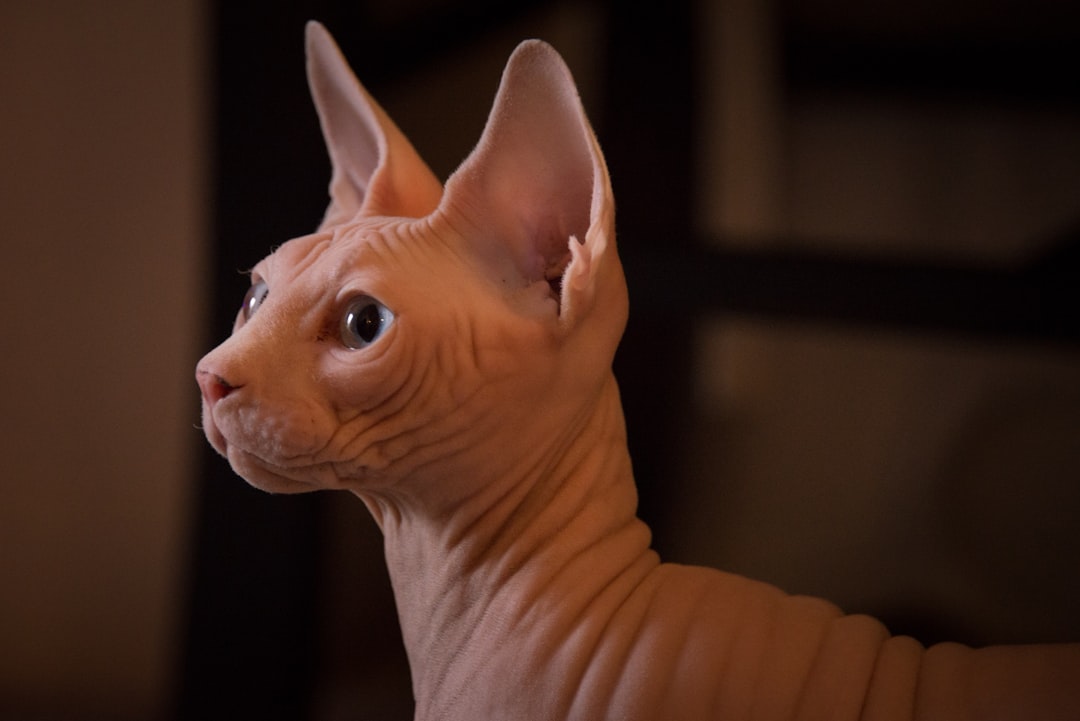
The Sphynx is a hairless breed, but that doesn’t necessarily mean it requires no grooming. In fact, their skin’s natural oils can build up and collect dirt, which means weekly or bi-weekly baths are a must for these kitties. They require sweaters and heaters when the weather is cold and are prone to sunburn if allowed outside.
Among the most unusual cats in appearance, the Sphynx cat is virtually hairless. Before you get too excited by the fact that this feline won’t need daily grooming, you should be aware that the breed does face some challenges. Sphynxes are prone to hypertrophic cardiomyopathy (a thickening of the heart muscle), and a neurological disease called hereditary myopathy, which affects the muscles (including the ability to swallow). You’re essentially caring for a perpetually chilly, oily-skinned companion who needs regular spa treatments and a wardrobe.
Abyssinian Cats – The Perpetual Motion Athletes
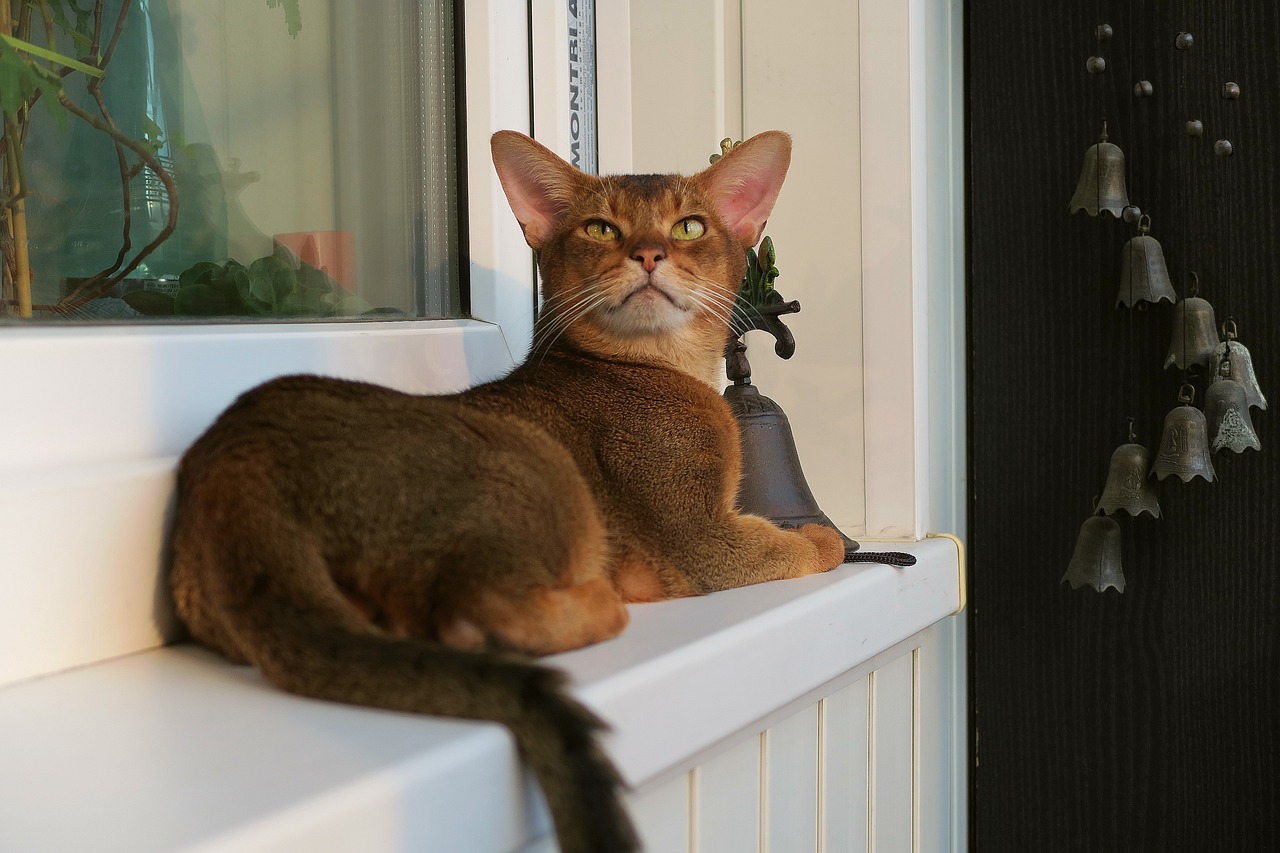
Abyssinians, with their sleek bodies, large ears, and Egyptian-like eyes, are very much loved by cat enthusiasts. These cats typically don’t end up being lazy housecats, either. The super active elegant Abyssinian likes to play, learn tricks, and study the things around them. The Abyssinian is the most energetic cat breed. They are highly active, playful, and love climbing. Ideal for active owners.
Abyssinians are often highly social and enjoy being around their human companions. They possess a high energy level, requiring ample playtime. Their athleticism is on par with Bengals, making them adept at climbing and jumping. These cats don’t understand the concept of downtime. They’re constantly seeking stimulation, whether it’s investigating every corner of your home or demanding interactive play sessions. It’s like living with a furry personal trainer who never takes a day off.
Turkish Angora Cats – The Attention-Demanding Aristocrats
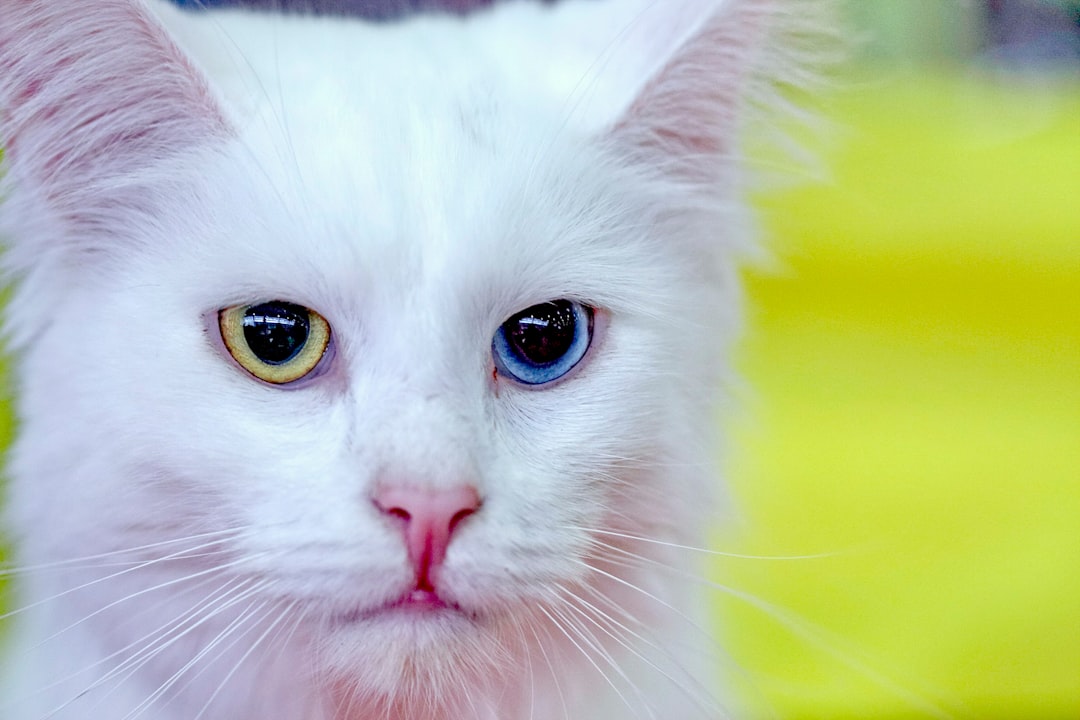
Because of their active spirit combined with the friendly personality, this little companion can be very demanding of attention. They do not like to be left alone and can become easily stressed if they are on their own for long periods of time. These outgoing affectionate cats are interested in everything you do and want to help. They are extremely clever and can open cabinets, doors and are known to get into things.
The coat of the Turkish Angora needs to be brushed every day. While their coats are surprisingly manageable compared to Persians, these cats compensate with their overwhelming need for companionship and involvement in every aspect of your daily routine. They’re like having a very beautiful, very intelligent shadow that occasionally rearranges your belongings.
Himalayan Cats – The Persian’s Equally Demanding Cousins
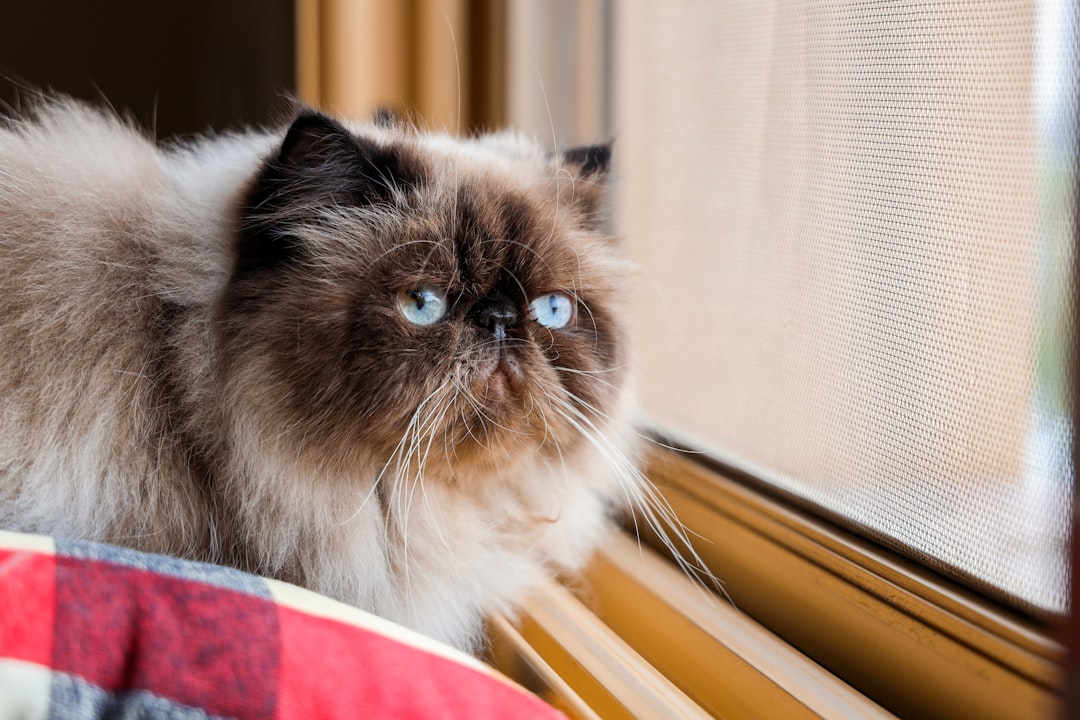
Among the cat breeds that need daily grooming are the Birman, Himalayan and Persian. These longhaired cats require daily brushing to prevent tangles and matting, remove dirt and debris and to minimize shedding. Himalayans combine the grooming demands of Persians with the vocal tendencies of their Siamese ancestry, creating a perfect storm of maintenance requirements.
Like Persians, their flat faces can cause breathing problems and eye issues that need constant monitoring. Their long coats mat easily without daily attention, and their pointed coloration requires protection from extreme temperatures. They’re not as accepting of being handled by small kids as some other breeds, like the Himalayan, Nichols says. These cats require the patience of a saint and the time commitment of a part-time job.
Chausie Cats – The Jungle Cat Descendants

The chausie has a cougar-like appearance, with a lean, athletic build and angular, noble features. While usually in good health, the chausie’s need for exercise, play, and mental stimulation makes them a high-maintenance cat breed. They need plenty of toys and climbing opportunities and shouldn’t ever be unsupervised. They are generally friendly but like their space too – their unpredictability makes them unsuitable for families. Free access outdoors should never be allowed!
These cats descend from wild jungle cats and retain many of their ancestors’ demanding characteristics. They need constant supervision, extensive mental stimulation, and cannot be trusted with outdoor access. They don’t need much grooming and are generally in good health, but these are their only easy care points! It’s like adopting a small, domesticated cougar that still thinks it belongs in the wild but depends on you for everything.
The Reality Check for Busy Pet Parents

Choosing the wrong cat breed when you’re already stretched thin can turn pet ownership from joy into stress. High maintenance cats are a unique category of felines that require more attentive care, commitment, and often greater financial resources from their owners. These cats typically demand a higher level of interactive engagement and may have specific health and grooming needs.
Owners of high-maintenance breeds often face challenges such as allocating time for daily grooming, increased financial costs for health care, and ensuring enough environmental enrichment to satisfy their cat’s needs, which may be more complex than those of less demanding breeds. The truth is, these magnificent breeds aren’t inherently difficult – they’re just honest about their needs. The question isn’t whether they’re wonderful companions (they absolutely are), but whether you have the time, energy, and resources to meet their demands without sacrificing your own well-being or theirs.
What do you think about these demanding but lovable feline personalities? Tell us in the comments which breed surprised you the most with its high-maintenance needs.

